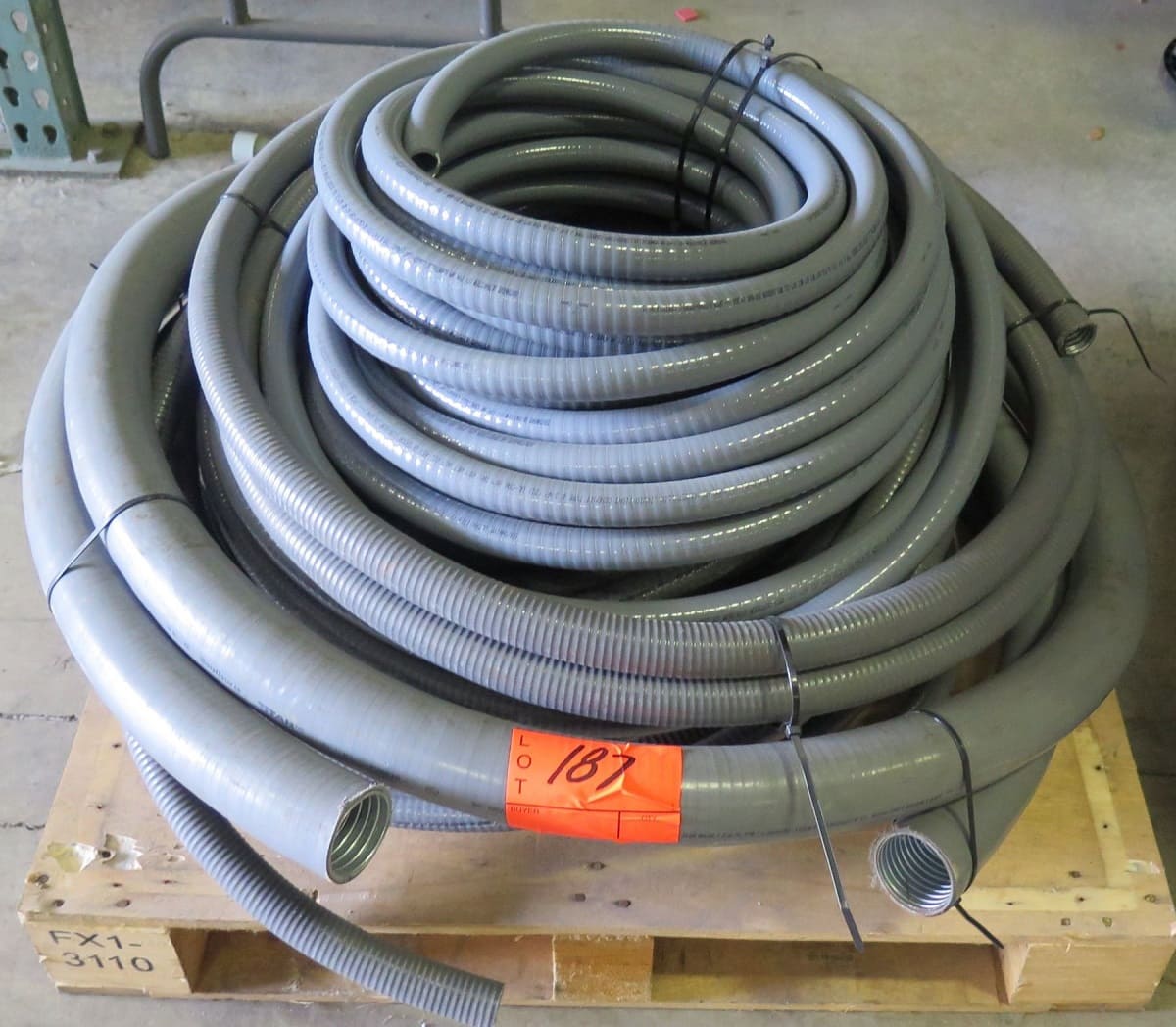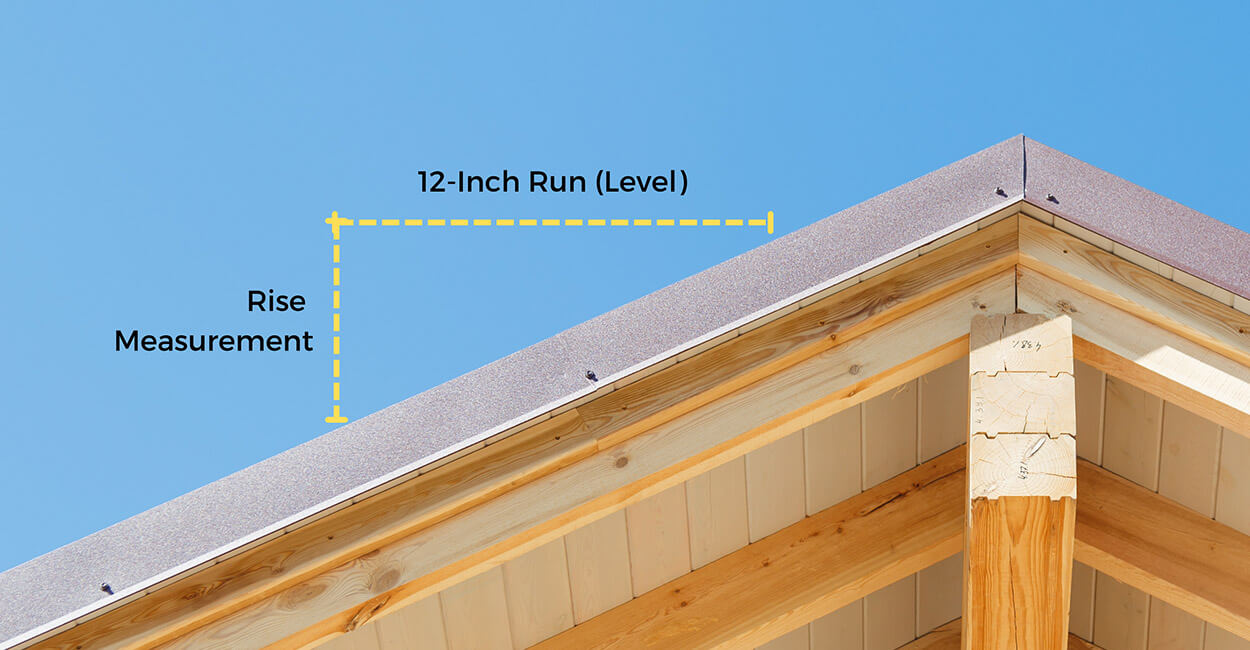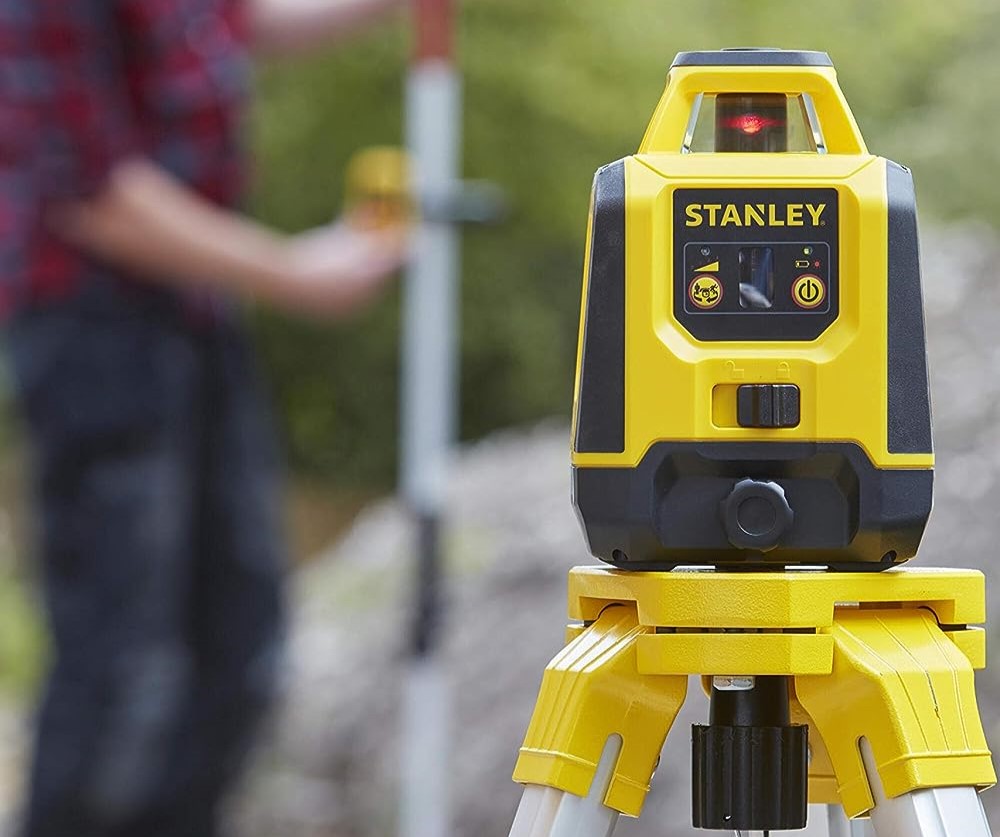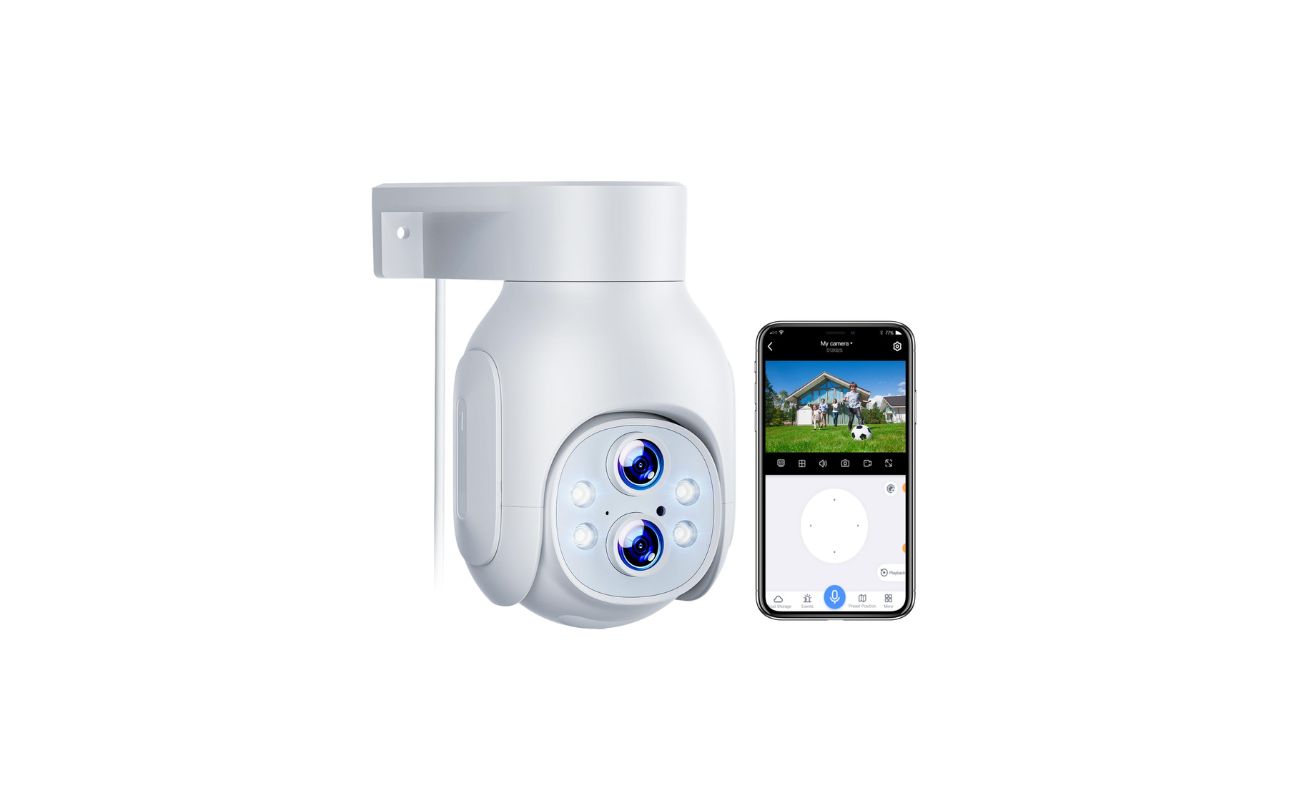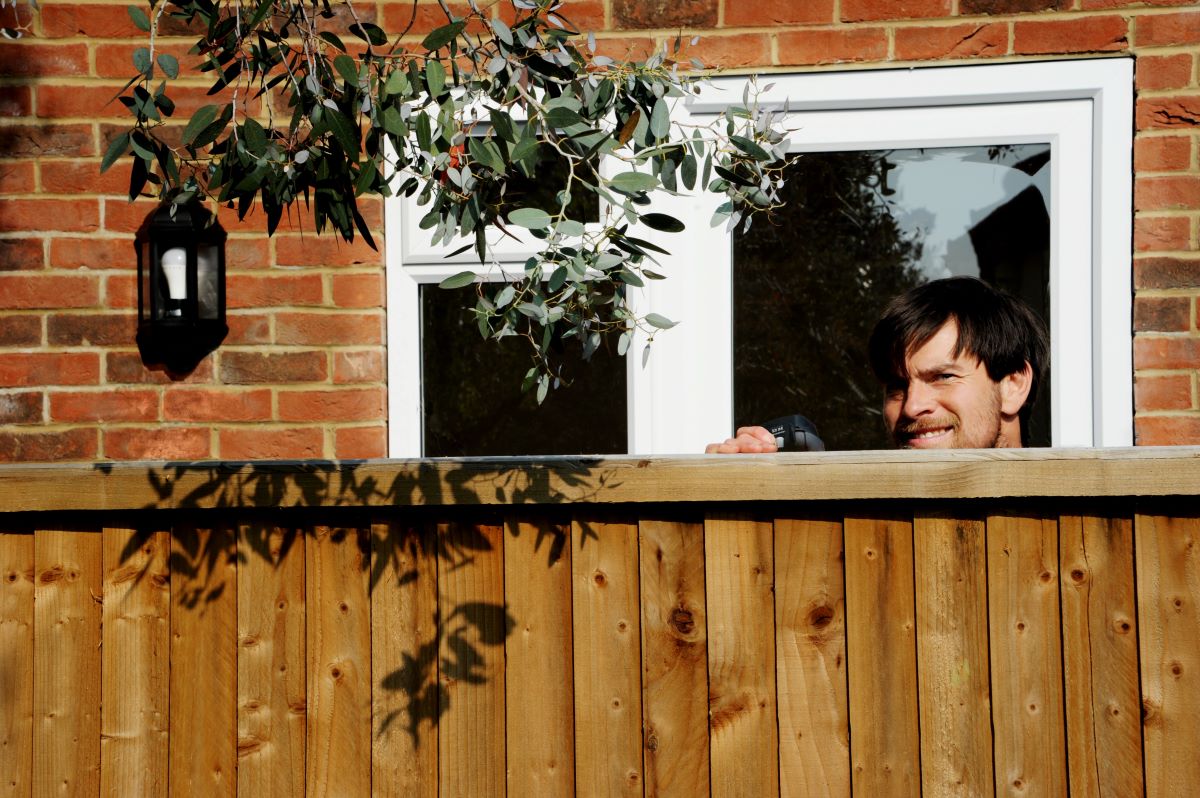Home>Home Maintenance>How To Determine Toxic Chemicals In My Home Repair
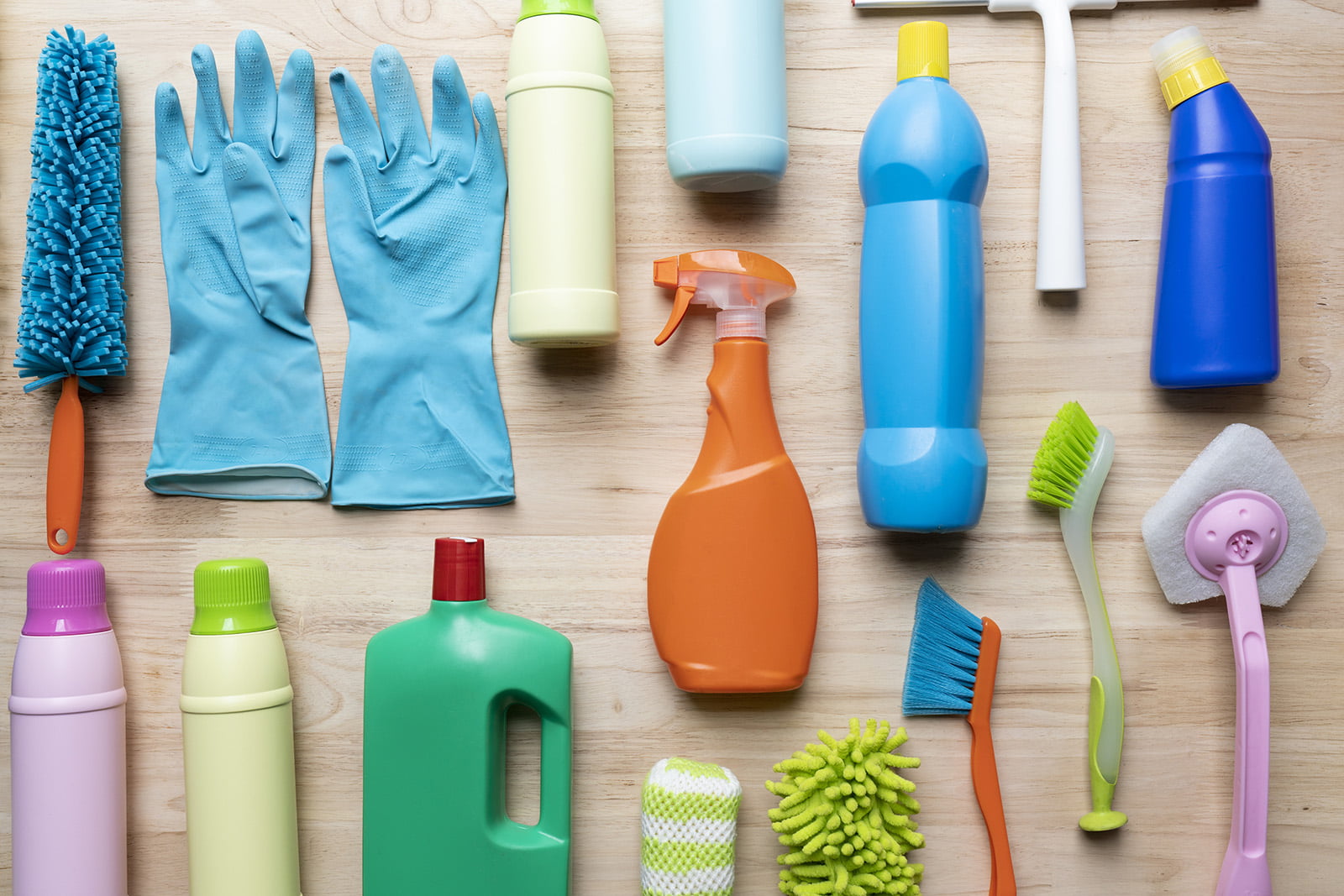

Home Maintenance
How To Determine Toxic Chemicals In My Home Repair
Modified: March 6, 2024
Learn how to identify and eliminate harmful chemicals in your home repair projects. Follow our expert guide for a safe and toxin-free home maintenance experience.
(Many of the links in this article redirect to a specific reviewed product. Your purchase of these products through affiliate links helps to generate commission for Storables.com, at no extra cost. Learn more)
Introduction
When it comes to home repairs, it is essential to prioritize not only the functionality and aesthetics but also the safety of your living space. One often overlooked aspect of home maintenance is the presence of toxic chemicals. These chemicals can be found in various materials and products used in the construction, renovation, or maintenance of your home.
Understanding the potential risks associated with toxic chemicals and implementing measures to minimize exposure is crucial for the well-being of you and your family. In this article, we will delve into the world of toxic chemicals commonly found in home repair projects. We will explore methods to identify and test for these chemicals, whether you choose to take a DIY approach or seek professional assistance. By the end, you will be empowered to take necessary actions to create a healthier living environment.
Key Takeaways:
- Identify and test for toxic chemicals in your home repair projects to ensure a safer living environment for you and your family. Look for warning labels, consult safety data sheets, and consider professional assistance for thorough analysis.
- Take proactive steps to minimize exposure to toxic chemicals by following safety guidelines, choosing safer alternatives, and engaging professionals for mitigation if needed. Regular monitoring and maintenance are essential for a healthier home.
Read more: How To Determine BTU For An Air Conditioner
Understanding Toxic Chemicals
Before we dive into specific toxic chemicals found in home repairs, it is important to have a basic understanding of what makes a chemical toxic. Toxic chemicals are substances that can cause harm to living organisms, including humans, through ingestion, inhalation, or skin contact.
These chemicals may have various adverse effects on our health, ranging from mild irritations to serious long-term health issues. Some common health risks associated with toxic chemicals include respiratory problems, skin irritations, allergies, organ damage, and even certain types of cancer.
In the context of home repairs, toxic chemicals can be found in materials such as paints, adhesives, solvents, insulation, pesticides, and cleaning products. These substances may contain volatile organic compounds (VOCs), lead, asbestos, formaldehyde, benzene, and many other potentially harmful chemicals.
It is important to note that while certain chemicals have established legal limits, the cumulative exposure to multiple chemicals can also pose health hazards. It is therefore crucial to be aware of the potential risks and take necessary precautions when working with or around toxic chemicals.
Now that we have a better understanding of toxic chemicals and their risks, let’s explore some of the common toxic chemicals you may encounter during home repairs.
Common Toxic Chemicals in Home Repair
When it comes to home repairs, several toxic chemicals are commonly found in various materials and products. Understanding these chemicals can help you identify potential hazards and take appropriate precautions. Let’s take a look at some of the most common toxic chemicals encountered in home repair projects:
- Lead: Lead is a highly toxic metal that was commonly used in paint and plumbing fixtures before its ban due to its detrimental health effects, especially in children. Older homes may still have lead-based paint, which can pose a risk if disturbed during repairs.
- Asbestos: Asbestos was commonly used in insulation, roofing materials, and other construction products before its harmful effects were discovered. It is a known carcinogen and can cause serious lung diseases when its fibers are inhaled. When undertaking repairs in older homes, it is important to be cautious of potential asbestos-containing materials.
- Volatile Organic Compounds (VOCs): VOCs are organic chemicals that vaporize at room temperature. They are commonly found in paints, varnishes, adhesives, and cleaning products. Prolonged exposure to VOCs can cause eye, nose, and throat irritation, as well as respiratory problems.
- Formaldehyde: Formaldehyde is a colorless gas with a strong odor. It is often found in building materials, such as composite wood products, insulation, and upholstery. Prolonged exposure to formaldehyde can lead to respiratory issues, throat irritation, and may increase the risk of certain types of cancer.
- Benzene: Benzene is a chemical found in gasoline, tobacco smoke, and some household cleaning products. It is a known carcinogen and can also cause dizziness, headaches, and respiratory problems.
- Mercury: Mercury is a toxic heavy metal that can be found in certain lightbulbs, thermostats, and batteries. Inhalation or ingestion of mercury vapors can lead to neurological and kidney damage.
This is not an exhaustive list of toxic chemicals, but it highlights some of the most common ones encountered during home repairs. It is crucial to be aware of these chemicals and take appropriate measures to protect yourself and your loved ones from potential harm.
Identifying Toxic Chemicals
Identifying toxic chemicals in your home during the repair process is an important step towards ensuring a safe living environment. While some chemicals may be clearly labeled on product packaging, others may require further investigation. Here are some ways to identify toxic chemicals during home repairs:
- Read product labels: Start by carefully reading the labels of all products you use for repairs. Look for warnings and hazard symbols that indicate the presence of toxic chemicals. Pay attention to ingredients such as lead, asbestos, VOCs, formaldehyde, or other potentially harmful substances.
- Consult safety data sheets: Safety data sheets (SDS) provide detailed information about the chemical composition, safety precautions, and handling guidelines for various products. Manufacturers are required to make SDS available for products containing hazardous substances. It is a good practice to review these sheets to understand the potential risks associated with the products you are using.
- Research construction materials: If you are working with old or unfamiliar construction materials, take the time to research their composition. Look for any known hazardous substances that may be present. This is especially important when dealing with older homes that may have lead-based paint, asbestos insulation, or other potentially toxic materials.
- Consult with professionals: If you are unsure about the presence of toxic chemicals or need assistance in identifying them, consult with professionals. Environmental consultants or certified contractors can help assess the potential risks and recommend appropriate testing and mitigation measures.
Keep in mind that identifying toxic chemicals may require a combination of these methods. It is crucial to be diligent and thorough when conducting your research. By taking the time to identify potential hazards, you can then proceed with the appropriate testing methods to ensure the safety of your living space.
Testing Methods for Toxic Chemicals
Testing for toxic chemicals in your home during a repair project is an important step in assessing potential risks and ensuring a safe living environment. There are various testing methods available, ranging from simple DIY tests to professional services. Here are some common testing methods for toxic chemicals:
- Surface testing: Surface testing involves collecting samples from various surfaces in your home, such as walls, floors, or furniture, and sending them to a laboratory for analysis. This method can detect the presence of substances like lead-based paint, asbestos, and other toxic materials. It is important to follow proper sampling protocols and use certified laboratories for accurate results.
- Air quality testing: Air quality testing measures the concentration of airborne toxic chemicals in your home. This method is useful for detecting volatile organic compounds (VOCs) emitted from paints, adhesives, cleaning products, and other sources. It can also identify excessive levels of formaldehyde or other harmful gases. Professional air quality testing companies use specialized equipment to collect air samples for analysis.
- Water testing: If you suspect contamination in your water supply, water testing is crucial. This method can detect the presence of toxic substances such as lead, arsenic, pesticides, or bacteria. You can find DIY water testing kits available for basic analysis, but for more accurate and comprehensive results, it is recommended to hire a professional water testing service.
- Soil testing: If you are working on outdoor home repairs or have a garden, soil testing can help assess the presence of toxic chemicals such as lead, arsenic, or pesticides. You can collect soil samples and send them to a laboratory for analysis. Professional soil testing services can provide more detailed information about potential risks and remediation options.
- Radon testing: Radon is a naturally occurring radioactive gas that can seep into homes from the soil. Exposure to high levels of radon can increase the risk of lung cancer. Radon testing kits are widely available for DIY testing, but professional radon testing services can provide more accurate and reliable results.
It is important to note that while some DIY testing kits are available, they may not always provide the same level of accuracy and reliability as professional testing services. If you have concerns about toxic chemicals in your home, consider consulting with professionals who specialize in environmental testing and can provide thorough and accurate analysis.
By utilizing these testing methods, you can gain a clearer understanding of the toxic chemicals present in your home and take appropriate actions to minimize exposure and ensure a healthier living environment.
Check the labels on your home repair products for words like “toxic,” “harmful,” or “dangerous.” Look for ingredients like ammonia, bleach, and formaldehyde. Use gloves and masks when using these products.
Read more: How To Determine Bathtub Size
DIY Methods to Determine Toxic Chemicals
If you prefer a hands-on approach to determining the presence of toxic chemicals in your home during a repair project, there are several DIY methods you can consider. These methods can provide initial information and help you make informed decisions about the safety of your living environment. Here are some common DIY methods to determine toxic chemicals:
- Visual inspection: Start by visually inspecting the materials and products you are working with. Look for any visible signs of toxic substances such as lead-based paint, asbestos-containing materials, or chemical labels indicating the presence of harmful ingredients. Document any findings and research the potential risks associated with those materials.
- Home test kits: DIY test kits are available for certain substances like lead, radon, or water quality. These kits often come with instructions and provide basic analysis to detect the presence of toxic chemicals. Keep in mind that while these kits can provide some indication, they may not be as accurate as professional testing methods.
- Research product safety: Take the time to research the safety of the products you are using. Look for certifications and eco-labels that indicate low VOC content or absence of toxic chemicals. Online resources and consumer advocacy groups can provide helpful information about the safety of common household products.
- Consult expert resources: Utilize expert resources such as environmental protection agencies or local health departments. They often provide guidelines, checklists, and resources for identifying and addressing toxic chemical concerns in homes. These resources can help you better understand potential risks and take necessary precautions.
- Community testing programs: Check if there are any community-based testing programs available in your area. These programs may offer free or low-cost testing services for common toxic substances like lead, radon, or water contaminants. Participating in these programs can provide valuable insights into the safety of your home environment.
While DIY methods can offer some initial information, it is important to keep in mind their limitations. They may not provide the same level of accuracy and comprehensive analysis as professional testing services. If you have concerns about toxic chemicals in your home, especially for more complex issues like asbestos or indoor air quality, it is advisable to consult with professionals who specialize in environmental testing.
By utilizing these DIY methods, you can gather valuable information about the presence of toxic chemicals in your home and take proactive steps to minimize exposure and create a safer living environment for you and your family.
Professional Testing Services for Toxic Chemicals
If you prefer a more comprehensive and accurate assessment of toxic chemicals in your home during a repair project, professional testing services are available to provide expert analysis. These services use specialized equipment and techniques to detect and measure various toxic substances. Here are some common types of professional testing services for toxic chemicals:
- Environmental consultants: Environmental consultants are professionals who specialize in assessing the environmental impact of contaminants, including toxic chemicals. They can conduct thorough on-site evaluations, collect samples, and analyze them in certified laboratories. Environmental consultants provide detailed reports and recommendations based on their findings.
- Indoor air quality testing: Indoor air quality testing involves collecting air samples from different areas of your home and analyzing them for the presence of volatile organic compounds (VOCs), mold spores, allergens, and other airborne pollutants. Professional air quality testing services use advanced equipment and techniques to provide accurate measurements and assessments.
- Lead and asbestos testing: Lead and asbestos testing services specialize in detecting and measuring the presence of lead-based paint and asbestos-containing materials. They can collect samples from various surfaces or materials and analyze them in accredited laboratories. These services can help identify potential risks and provide guidance on proper remediation or removal processes.
- Water quality testing: Professional water quality testing services can assess the safety of your drinking water by analyzing samples for contaminants such as lead, bacteria, pesticides, heavy metals, and other harmful substances. They use state-of-the-art equipment and adhere to strict protocols to ensure accurate results.
- Soil testing: Soil testing services focus on identifying contaminants in the soil, including heavy metals, pesticides, and other toxic substances. They collect soil samples from different areas of your property and analyze them in certified laboratories. Soil testing can help determine potential risks and guide remediation efforts if necessary.
Professional testing services provide in-depth analysis and detailed reports that can help you understand the potential risks associated with toxic chemicals in your home. With their expertise and advanced technologies, they can provide accurate measurements and guidance for remediation measures if needed.
Keep in mind that professional testing services may come at a cost, but the investment in ensuring a safe living environment is invaluable. When choosing a service, look for reputable providers with certifications and experience in the specific types of testing you require. Always review and understand the scope of the testing, as well as the methodologies and limitations involved.
By availing professional testing services, you can gain a comprehensive understanding of the toxic chemicals present in your home and make informed decisions on mitigation measures to create a healthier and safer living environment.
Taking Action to Minimize Exposure to Toxic Chemicals
Now that you have identified the presence of toxic chemicals in your home during a repair project, it is important to take action to minimize exposure and create a safer living environment for you and your family. Here are some steps you can take to reduce the risk of exposure to toxic chemicals:
- Follow safety guidelines: Adhere to safety guidelines and recommendations provided by professionals or product manufacturers. Use personal protective equipment (PPE) such as gloves, masks, and goggles when working with or around toxic chemicals. Follow proper ventilation practices and ensure adequate airflow in work areas.
- Proper handling and storage: Store toxic chemicals securely in their original containers and away from living areas. Follow proper handling practices to minimize the risk of spills or accidents. Dispose of hazardous materials according to local regulations and guidelines.
- Choose safer alternatives: When possible, opt for products and materials that are labeled as environmentally friendly or free from toxic chemicals. Look for low-VOC paints, formaldehyde-free construction materials, and eco-friendly cleaning products. By choosing safer alternatives, you can reduce the potential exposure to harmful substances.
- Implement proper ventilation: Ensure good ventilation in your home, especially during and after using products that emit volatile organic compounds (VOCs). Open windows, use fans, or consider installing ventilation systems to improve air circulation and reduce the concentration of indoor pollutants.
- Engage professionals for mitigation: If you discover high levels of toxic chemicals in your home, it may be necessary to engage professionals for mitigation or remediation. Certified contractors can safely remove lead-based paint or asbestos-containing materials. Mold remediation experts can address mold issues. Hiring professionals ensures that these hazardous substances are handled and disposed of properly.
- Regular cleaning and maintenance: Regular cleaning helps remove dust, dirt, and potential contaminants from your home. Use non-toxic or eco-friendly cleaning products, and wash hands thoroughly after working with toxic chemicals. Maintaining cleanliness and proper hygiene practices minimizes exposure risks.
- Monitor and retest periodically: Toxic chemical levels can change over time due to wear and tear, aging of materials, or changes in the environment. Periodically monitor and retest your home to ensure that toxic chemical levels remain within safe limits. This is especially important if you live in an older home or have completed significant renovations.
By taking these actions, you can significantly reduce your exposure to toxic chemicals and create a healthier living environment for you and your family. Remember that safety should always be a top priority during home repairs, and being proactive in minimizing exposure is essential for your well-being.
Consult with professionals or seek guidance from local health departments or environmental organizations for specific recommendations and resources tailored to your situation. With the right precautions and measures in place, you can enjoy your home while keeping potential risks associated with toxic chemicals at bay.
Conclusion
Home repairs are an essential part of maintaining and improving our living spaces. However, it is equally important to prioritize the safety and well-being of ourselves and our loved ones during these projects. The presence of toxic chemicals in our homes can pose serious health risks, but by understanding and taking action, we can create a healthier environment.
Throughout this article, we explored the world of toxic chemicals commonly found in home repair projects. We learned about the potential risks associated with these chemicals and the importance of identifying and testing for their presence.
Whether you choose to take a DIY approach or seek professional assistance, there are various methods available for determining the presence of toxic chemicals in your home. DIY methods, such as visual inspections, home test kits, and research, can provide initial insights. Alternatively, professional testing services offer comprehensive and accurate analysis, ensuring a thorough assessment.
Once you have identified the presence of toxic chemicals, it is crucial to take action to minimize exposure. This includes following safety guidelines, using proper handling and storage practices, choosing safer alternatives, implementing proper ventilation, engaging professionals for mitigation if necessary, maintaining regular cleaning and maintenance routines, and periodically monitoring and retesting your home.
Your dedication to minimizing exposure to toxic chemicals will contribute to the creation of a safer and healthier living environment. By making informed decisions, taking necessary precautions, and seeking professional help when needed, you can ensure the well-being of your family and enjoy a home that is not only aesthetically pleasing but also free from unnecessary risks.
Remember, the journey towards a toxic-free home is an ongoing process. Stay informed about the latest research, regulations, and guidelines surrounding toxic chemicals. By staying proactive and making conscious choices, you can ensure a safe and healthy living space for years to come.
Frequently Asked Questions about How To Determine Toxic Chemicals In My Home Repair
Was this page helpful?
At Storables.com, we guarantee accurate and reliable information. Our content, validated by Expert Board Contributors, is crafted following stringent Editorial Policies. We're committed to providing you with well-researched, expert-backed insights for all your informational needs.
